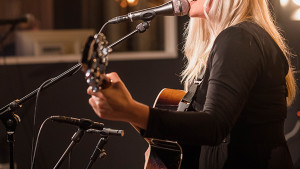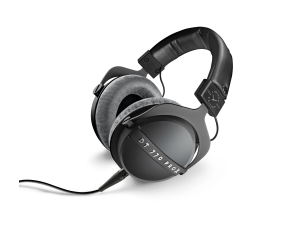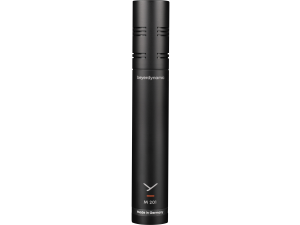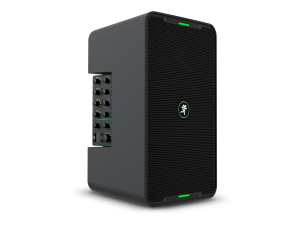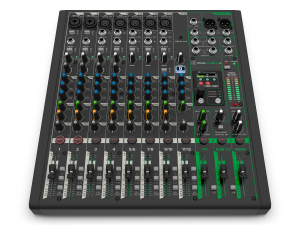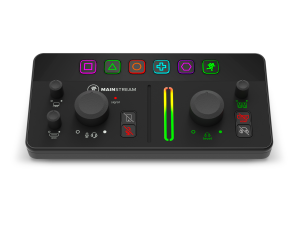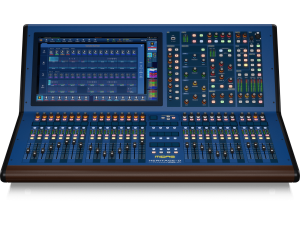Setting Up Your Own PA System
For bands, DJs, performers and presenters, it is incredibly liberating to run your own PA system and really broadens your reach and opportunities for gigs.
If you want to be able to rehearse or perform anywhere, regardless of the sound reinforcement equipment provided by the venue, a pair of powered loudspeakers should be the first items on your shopping list.
Powered speakers integrate the amplifier element in to the speaker enclosure itself. They have largely replaced passive speakers because they eliminate many of the technical challenges encountered when trying to match speakers to an external amplifier, such as choosing the right output power and cross-over frequencies.
These parameters are instead specified by the manufacture and this means the speaker performs better with less risk of damage or poor sound quality. The absence of an external amplifier also means one less bulky piece of equipment to carry around, and many powered speakers such as the Mackie SRM450 feature a basic built-in mixer and mic preamps so you can plug in and play without any extra gear.
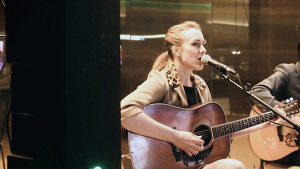
If you are playing in a full band then the chances are you will need to plug in an assortment of vocals and instruments, so for this you will need a mixer.
Compact analogue mixers are available in a range of channel counts from 4 to 16, but an 8-channel mixer should cover most bands needs. A mixer will feature a number of mic preamps (XLR) as well as line inputs (1/4" jack) for keyboards and other electric instruments. The mixer will also allow you balance out the levels of various inputs on the faders and adjust EQ settings to enhance and clarify the overall sound output.
Digital mixers typically replace some of the physical knobs, faders and switches with software controls, usually with a touch-screen interface via an iPad / Android device or built-in to the mixer itself. Many digital mixers such as the Mackie DL1608 (pictured) allow you to detach the iPad and adjust the mix wirelessly, offering freedom of movement and better tuning of the overall mix to the acoustics of the venue.
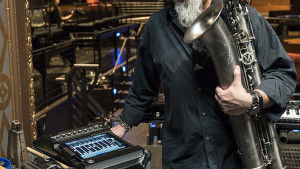
For vocals and acoustic instruments a selection of microphones is essential. In larger venues, you may also want to mic the drumkit, which will need at least 4 microphones as well as available channels for each mic on your mixer.
Dynamic microphones are a great choice for live vocals, as they only pick up nearby sources and this will minimise bleed from noisy amplifiers and drums on stage. They are also well suited to miking guitar amplifiers, snare drums and toms, but the capsule design is typically flattened for instrument microphones compared to the rounded capsule for vocal mics.
Condenser microphones are used for the softer response of acoustic instruments, as they are more sensitive than dynamic mics and pick up sound from a distance, adding a spacious, airy quality. However, their sensitive nature means they are prone to feedback and picking up unwanted noise on stage, so they require careful placement if used, particularly when used in conjunction with amplified instruments such as electric guitar or bass.
